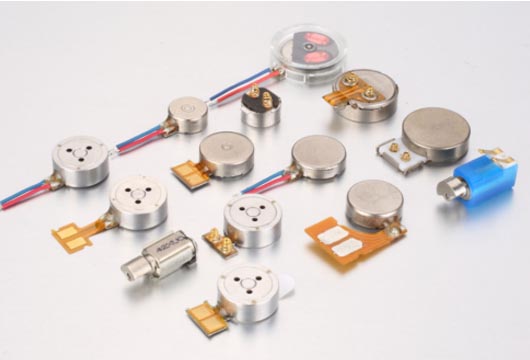When it comes to electricity, there are two types: high voltage and low voltage.
Both high voltage and low voltage have different uses and forms of electricity with different applications. For example, high voltage is great for powering large devices, while low voltage is better for smaller devices. This is one of the key differences between high and low voltage.
First, what is high voltage?
High voltage refers to electricity with greater potential energy compared to low voltage. It is often used to power large equipment such as industrial machinery or street lights. However, high voltage can be dangerous if not handled properly, so strict safety measures must be taken when using high voltage. In addition, the production of high voltage is usually more expensive than the production of low voltage.

Second, what is low voltage?
Low voltage is electricity with lower potential energy compared to high voltage. It is typically used to power smaller devices such as electronic devices or appliances. The advantage of low voltage is that it is potentially less dangerous than high voltage. However, the disadvantage is that it is less efficient at powering larger equipment compared to higher voltages.

What are the main differences between high and low voltage?
Let’s take a closer look at the differences between high voltage and low voltage to help you determine which type of power is best for your specific application. When powering large devices choose high voltage, while for small devices you have to choose low voltage. Here are the main differences between the two:
Voltage Ranges
We all know that electricity can be dangerous– even low voltage.
Low voltage typically ranges from 0 to 50 volts, while high voltage ranges from 1,000 to 500,000 volts. It is crucial to know the type of electricity being used, as both low and high voltages pose different hazards. For example, low voltage is more likely to cause electric shock, while high voltage may cause severe burns. Therefore, when working with electricity, the voltage range must be determined before starting any task. LEADER’s micro vibration motors use low voltage with 1.8v to 4.0v.
Applications
Low and high voltage have applications in a variety of industries. For example, low voltage is commonly used in automotive, marine and aircraft applications, as well as in telecommunications, audio/video, security systems, and household appliances, such as hair dryers and vacuum cleaners.
High voltage, on the other hand, is used in power generation, transmission and distribution applications, as well as electrical equipment such as motors, generators, transformers, and medical applications such as X-ray and MRI machines.
Our coin vibration motors are used in e-cigarette, wearable device, beauty device and so on.
Safety measures
Because of the potential dangers with high voltages, it is important to take appropriate safety measures when working with them. Low voltage and high voltage represent the levels of electricity transmitted through wires. Low voltage is less likely to cause injury or damage, while high voltage poses a greater risk. Although low voltage is generally considered safe, certain safety precautions should be followed. For example, when handling low-voltage electrical wires, you must ensure that they are not damaged or exposed. High-voltage power lines are more dangerous and require extra care when handling. In addition to preventing damage or exposure, it is also important to wear protective clothing and avoid direct contact with high-voltage power lines.
LEADER is manufacturing in 3v dc motor nwo. It's safe as long as you follow the standards of our specifications.
Cost
Producing high voltage is more expensive than producing low voltage. However, the cost of low-voltage and high-voltage cables can fluctuate depending on the length and thickness of the cable. Generally speaking, low voltage cables are cheaper than high voltage cables but have lower load carrying capacity. High voltage cables are generally more expensive and can handle more energy. Installation costs may also vary depending on the type of cable. Low-voltage cables are generally easier to install than high-voltage cables, reducing installation costs.
LEADER sells high quality and competitive small vibration motor.
Conclusion
Now that you understand the difference between high voltage and low voltage, you can determine which voltage best suits your requirements. Choose high voltage when powering larger devices, while lower voltage may be a better choice for smaller devices. Always remember to follow proper safety precautions when working with electricity.
If you need low voltage motor with the vibration function, pls contact LEADER!
Consult Your Leader Experts
We help you avoid the pitfalls to deliver the quality and value your micro brushless motor need, on-time and on budget.
Post time: Sep-13-2024






